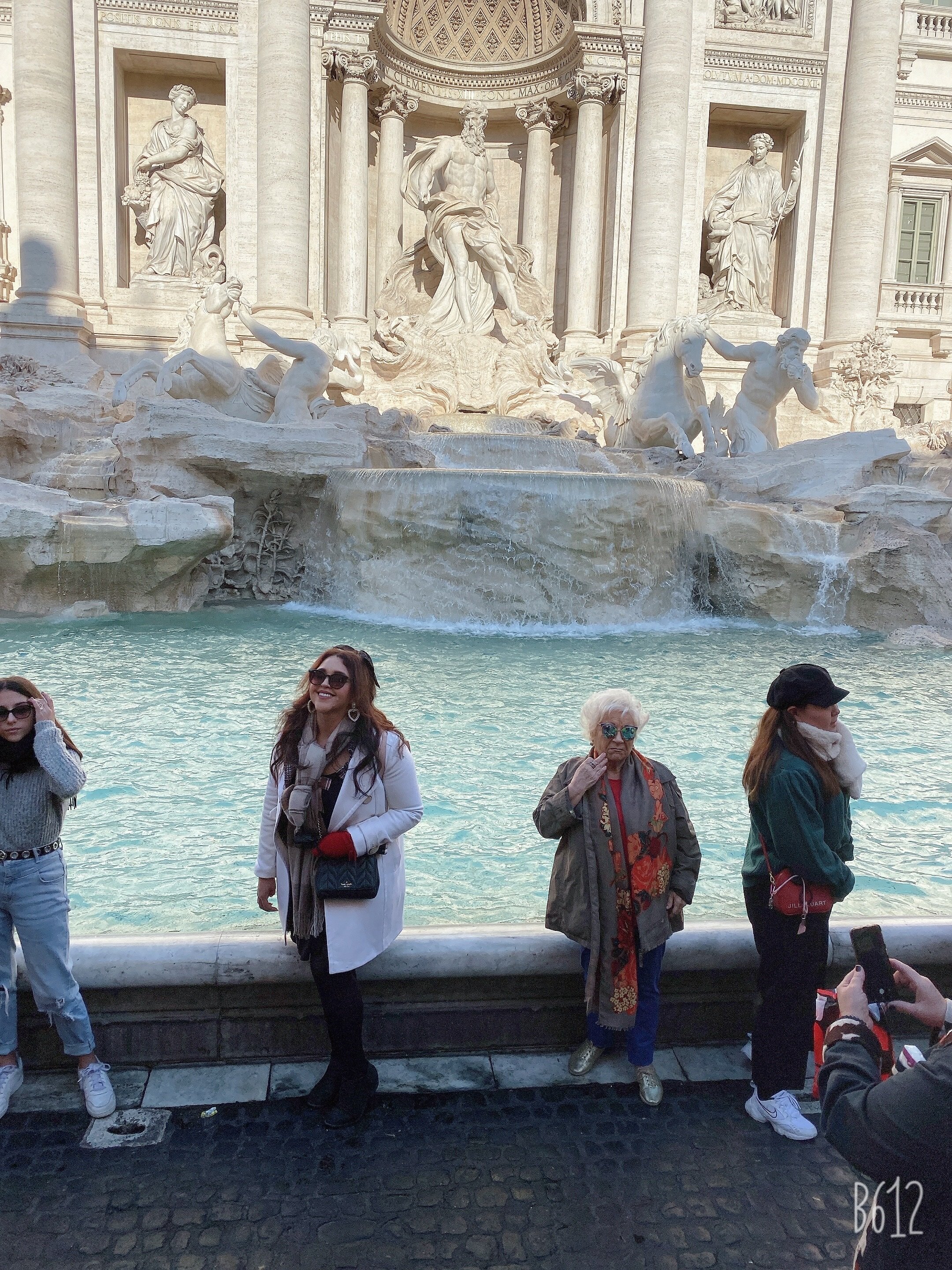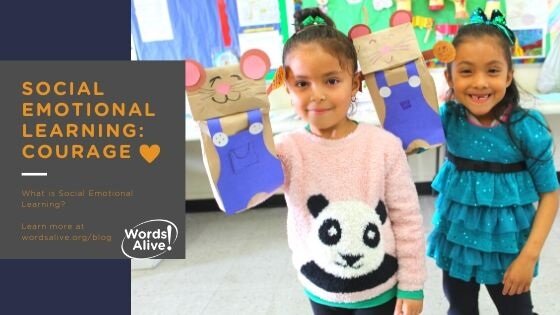Christine has been volunteering with Words Alive for five years as an office volunteer, Art & Lit facilitator, and as part of the Armed Services YMCA Neighborhood Exchange support team. Christine is always eager to learn and try new things and is committed to helping support Words Alive’s mission of connecting children, teens, and families to the power of reading. Now, let’s hear from Christine!
Q: So, tell us a little about yourself.
A: I’m a native to Southern California. Originally an elementary school teacher. Currently working with Point Loma Nazarene University, School of Education as a University Supervisor and adjunct professor. I love reading, art, traveling, and spending time with my family.
Q: How long have you been volunteering for Words Alive?
A: I have been volunteering for about 5 years.
Q: What brought you to Words Alive? How did you first get involved with Words Alive?
A: I started with Rolling Readers in 2013 and continued on with Words Alive when Rolling Readers joined Words Alive.
Q: What do you enjoy most about your volunteer roles?
A: I’m a children’s book hoarder. I love reading them, looking at the art, reading them to children, talking about them, holding them, turning the pages, and being in their presence. No matter what I’m doing to help with Words Alive, I love that I can be around children’s books and share them.
Q: What is the most rewarding aspect of your roles?
A: I once met a person that said that it was unfortunate that all children didn’t try to reach for the moon. It was an "a ha” moment for me as a novice teacher because I knew all my students were capable of reaching the moon but I told this person that day, that not all children have had the opportunity to learn what the moon is and some have never seen the moon. It's hard to reach for something you do not know exists. As an elementary teacher, I’ve worked in many underrepresented areas where our children do not have access to so much out there. I helped student by student, class by class, but Words Alive empowers parents, preschoolers to college-bound students to be able to reach the moon. It is rewarding to be a small part of that enormous work.
Q: What is your favorite memory of volunteering with Words Alive?
A: One of my favorite memories of Words Alive was listening to one of the ABG students at the Words Alive Art & Lit exhibit at the San Diego Art Institute. He described his experience with reading, discussing and creating art together with his class. It was so moving to see the young man speak about how his class related to the story and characters and how it helped open opportunities to express themselves, bond, and extend their learning. It was so amazing to see what an impact that ABG has had in the lives of all their students but also to see all the proud families gathered to share in all their hard work.
Q: And by the way, what are you reading lately?
A: I just started reading a new novel written by a friend, The Secret Jesus: The Modern Novel by Sue Stephenson. It’s an intriguing non-religious fiction story about Christ's DNA being discovered in an ancient relic―and secretly used to create a boy.





















